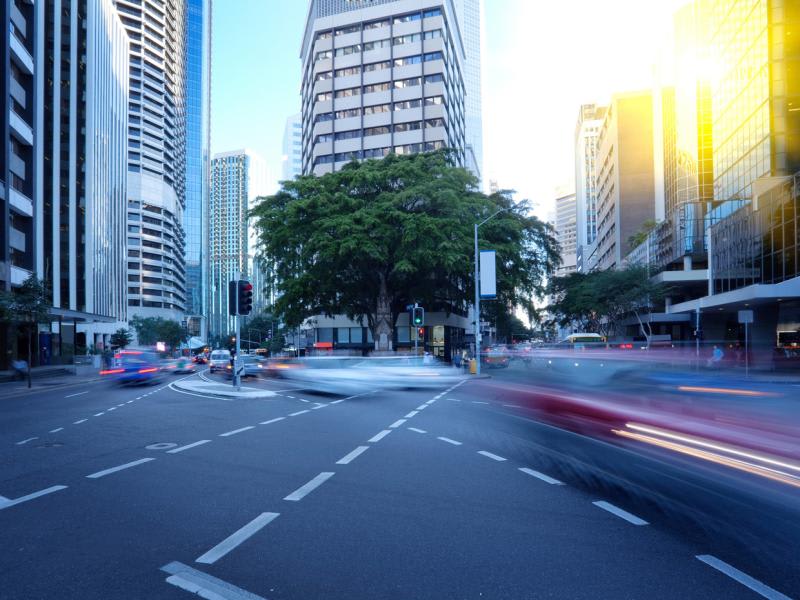You’re thinking about moving home and expect to have some remaining funds after the move. You know about the downsizer contribution rule, you’ve read a few articles and you’re ready to go. Before you go any further, here's a few questions you might not have thought about.
- Can you contribute to your existing superannuation fund?
- Is your current fund the right one to receive the contribution?
Firstly, if you have already commenced a superannuation income stream and receive payments, your funds will not be able to directly accept a contribution, even if this is a downsizer contribution. You will need to open a new superannuation accumulation account to be able to make a downsizer.
This isn’t a major problem if you are aware of this early on. However, this may represent a roadblock should you only become aware of this at the last minute, as opening a new account normally takes time. The downsizer contribution must be made within 90 days of the settlement date for the contribution to be accepted by the super fund.
You will also recall that you must provide your superannuation fund with the creatively named “Downsizer contribution into superannuation” form either when or prior to making your contribution. And one of the items required on the form is the receiving superannuation membership number. So while you do have 90 days, please be mindful that there is a very specific process that must be followed to ensure that your contribution is permitted.
Now, what about the super fund that you have elected to use? All super funds have to accept the downsizer contributions, right? Well no actually. Superannuation funds are governed by their Trust deed. Your superannuation fund (particularly if it’s older) may not permit this type of contribution regardless of whether you're eligible to make downsizer contributions or not. It’s very important that you make sure your super fund will accept the contribution as early as possible. Keeping in mind the time frame and that the process must be completed.
Lastly, while not often discussed you should also consider whether your existing super fund is an appropriate super fund to receive your downsizer contribution from a cost perspective.
Some legacy superannuation funds may have a contribution fee. In some cases, these fees could be as high as 4% or 5% of the sum contributed. For a couple making the maximum permitted contribution of $600,000 between them, this could result in an upfront fee of $30,000.
You should also consider the ongoing costs of using your existing fund compared to alternates available on the market. Just like cars or computers, modern super funds are generally less costly than their predecessors and give you far greater options. Don’t be one of the many Australians that opt to pay the lazy tax rather than doing a little research.
The downsizer contribution into super is an amazing initiative and a great opportunity for retirees to increase their balance within the concessional tax super system. However, there are a number of traps to be aware of, so please seek guidance and financial advice. Getting it wrong could result in missing out on the contribution or unintended costs.
Please seek professional advice if you have any questions regarding the content in this article, by contacting your local RSM adviser.
This page has been prepared by RSM Financial Services Australia Pty Ltd ABN 22 009 176 354, AFS Licence No. 238282.
As everyone's circumstances are different and this article doesn't take into account your personal situation, it is important that you consider the above in light of your financial situation, needs and objectives, and seek financial advice before implementing a strategy.
View the Financial Services Privacy Statement and Policy, Complaints Policy and Financial Services Guide




